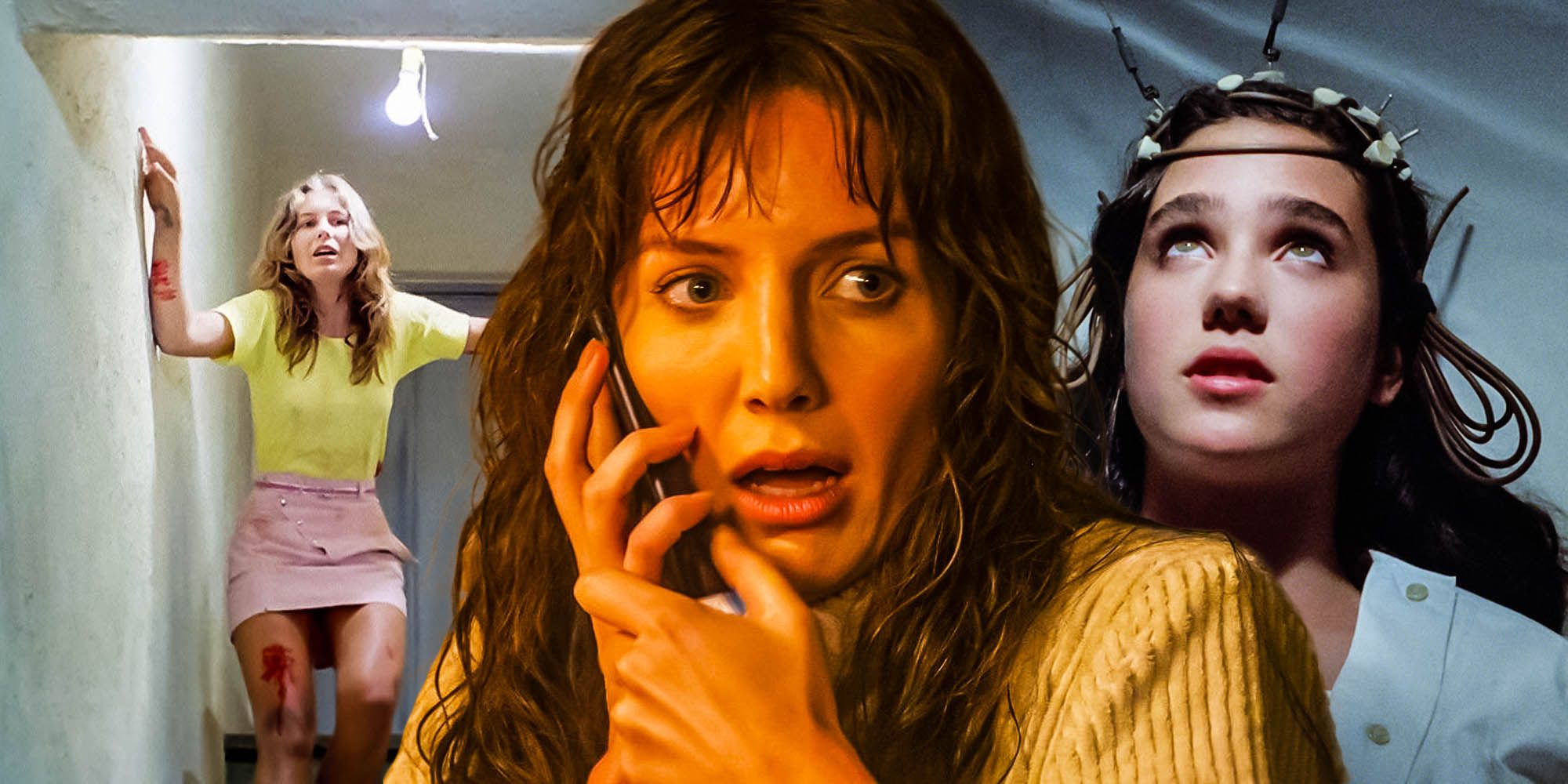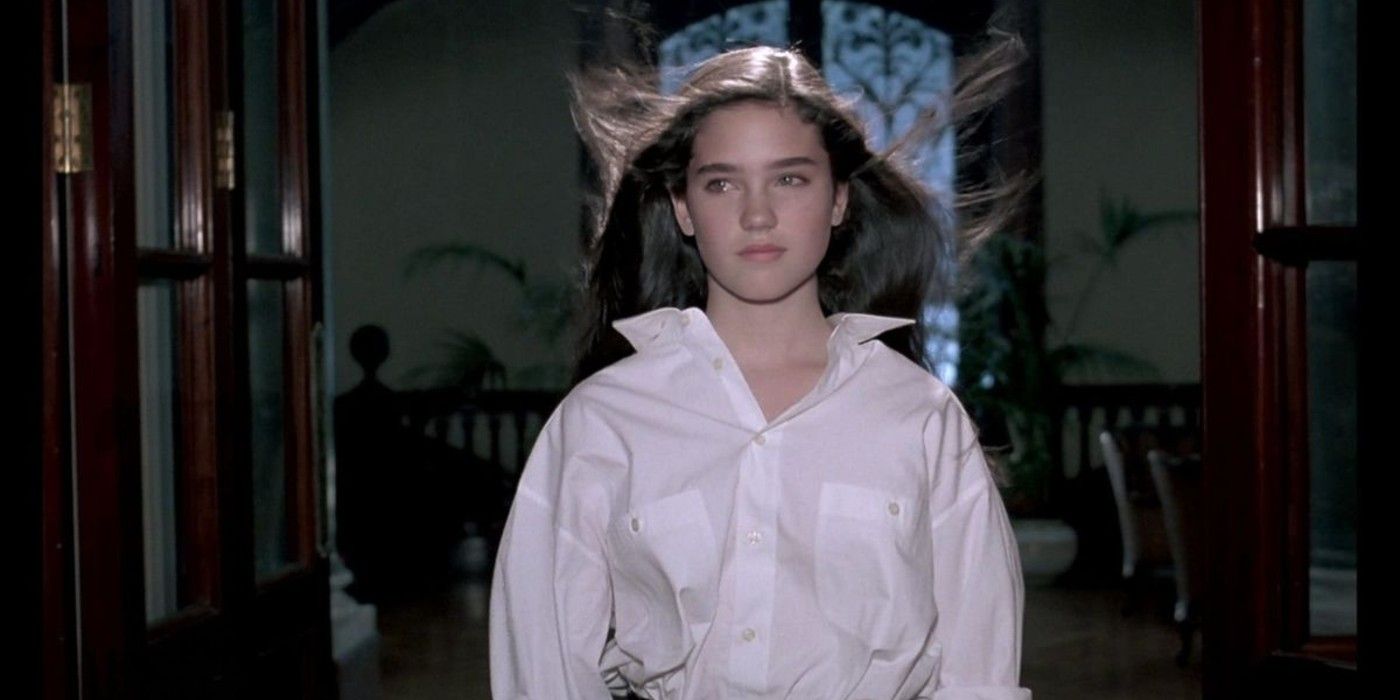James Wan’s Malignant sees the director make a love letter to the Giallo genre, but what were the specific Italian horror classics that inspired his gruesome film? Since the beginning of his career, Wan has never been afraid of pushing audiences. Although the likes of The Conjuring and Insidious feature some terrifying moments and immense tension building, his earliest hit Saw pushed viewers further with gory horror that was so impactful it spawned an entire sub-genre during the early ‘00s.
After years spent working on perfecting jump scare-heavy horror, Wan’s Malignant sees the helmer return to his roots with a bloody, inventive, and creepy outing. Unlike most modern horrors, it is not a traditional ghost story, slasher, or action-horror blend. Instead, Wan turned to Italy, and specifically the Giallo tradition, for his inspiration.
However, Wan didn’t settle for the most famous Giallo movies when making Malignant. Per an interview with Bloody Disgusting, “When I reference Argento, I don’t necessarily reference his classics like Deep Red or Suspiria. I would reference more like Trauma, Phenomena, Tenebrae… because they’ve more out there.” Indeed, it is hard to deny the likes of Trauma, Phenomena, and Tenebrae are very much “out there”—but despite the weirder Giallo elements of these Argento favorites, each has a clear influence on the action of Malignant.
From an aesthetic perspective alone, Malignant’s ambitious overhead shot that guides audiences through a house from above (albeit with the assistance of some post-production CGI, no doubt) is a dead ringer for a sequence from Tenebrae. The 1982 Giallo features a similar (although longer) tracking shot that travels through numerous stories of an apartment building, inside and out, before crescendoing with a Goblin-scored double murder. Meanwhile, the influence of 1985’s Phenomena can be seen in the design of Gabriel, whose appearance owes something to Frau Brückner’s monstrous offspring Patua. Finally, the general story of Wan’s latest directorial effort owes inspiration to Trauma, whose plot sees a vengeful killer tracking down doctors while wielding an unusual weapon.
Admittedly, these reference points soon become muddled, as the revelation of Gabriel’s origins owes something to Phenomena and Trauma. However, to give Wan credit, messy, overlapping, and unclear storylines are also recurring elements in Argento’s oeuvre. The colorful lighting, heightened production design and roving camerawork are all hallmarks of his work, although none of these aspects are unique to one of Malignant’s influences. Interestingly, the jaw-dropping third act of Wan’s movie borrows from an Argento film he didn’t mention, Four Flies On Grey Velvet, although less directly. It nods a lot to one of the genre's grandmasters but, in an era when horrors like Demonic waste potentially innovative ideas, it is a relief to see one modern master offer an affectionate tribute to an early pioneer in Malignant.


